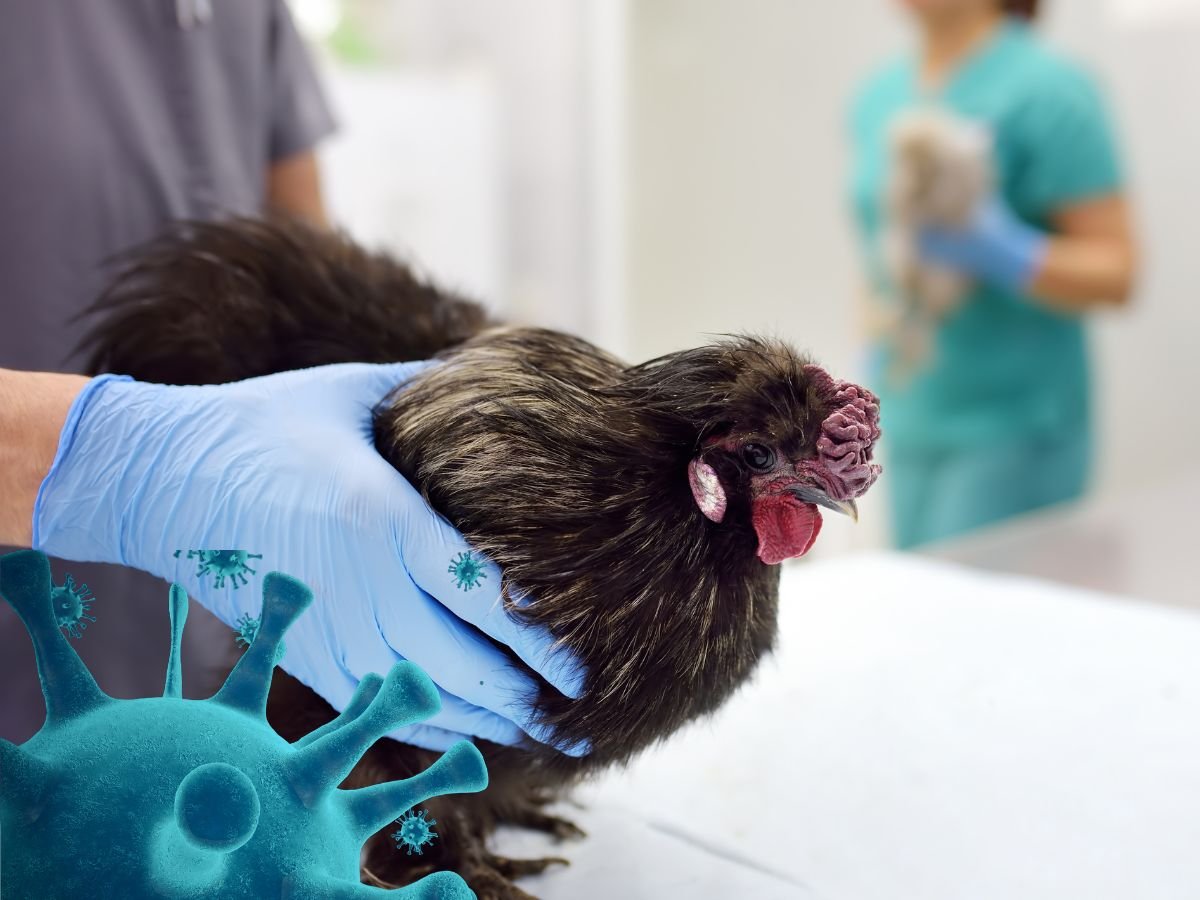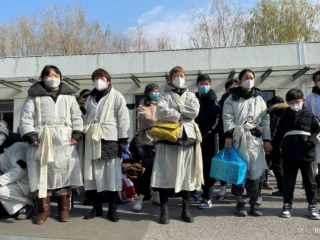New Delhi, 11 January 2025: The recent death caused by the H5N1 virus, commonly known as bird flu, has raised alarm bells about this highly pathogenic avian influenza strain. Known for its ability to infect birds and, in rare cases, humans, H5N1 has been on the radar of global health authorities for decades due to its potential to cause severe disease and high mortality rates in humans. Here’s what you need to know about the virus and its implications.
What Is H5N1?
H5N1 is a subtype of the influenza A virus, primarily affecting birds but occasionally spreading to humans through direct or indirect contact with infected birds. Since its discovery in 1997, it has caused periodic outbreaks among poultry populations worldwide, leading to significant economic losses and concerns about its potential to spark a pandemic.
How Does It Spread to Humans?
The virus does not spread easily from person to person. Most human cases result from exposure to infected birds, their droppings, or contaminated environments. Handling raw poultry or consuming undercooked poultry products from infected birds can also pose a risk.
Symptoms and Severity in Humans
Infected individuals often experience symptoms similar to seasonal influenza, such as fever, cough, sore throat, and muscle aches. However, severe cases can progress to pneumonia, acute respiratory distress syndrome (ARDS), and multi-organ failure. The mortality rate for H5N1 infections in humans is alarmingly high, exceeding 50% in documented cases.
Recent Trends and Concerns
While bird flu outbreaks are primarily contained to poultry, sporadic human infections and fatalities underscore the ongoing risk. Experts worry about the virus mutating to become more easily transmissible among humans, which could have catastrophic consequences. The recent death highlights the importance of continued vigilance and preparedness.
Preventive Measures
To minimize the risk of H5N1 infection, health authorities recommend the following precautions:
Avoid Contact with Birds: Refrain from touching live or dead birds in affected areas.
Practice Hygiene: Wash hands thoroughly after handling poultry and cook poultry products to safe temperatures.
Monitor Symptoms: Seek immediate medical attention if flu-like symptoms develop after exposure to birds.
Global Preparedness and Response
The World Health Organization (WHO) and other international health bodies closely monitor avian influenza outbreaks. Efforts include surveillance of poultry and wild bird populations, development of vaccines, and stockpiling antiviral medications. Governments are also encouraged to enhance biosecurity measures in the poultry industry to prevent the spread of the virus.
The recent H5N1-related death serves as a sobering reminder of the threats posed by zoonotic diseases. While the risk of a widespread outbreak remains low for now, understanding the virus and adopting preventive measures are crucial steps in safeguarding public health. Global cooperation and sustained efforts in research and surveillance will remain key to mitigating the risks associated with the H5N1 virus.






